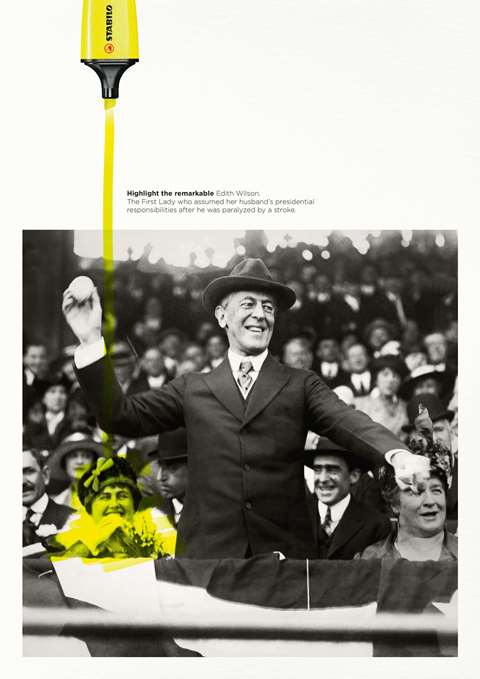The super CMO
It’s not just across-company collaboration that makes for the most successful CMO. A report by Accenture identifies a small group (17%) of the most valuable global CMOs as Pioneering CMOs who lead the way in marketing. Pioneering, how? And can this super group pioneer the case for print in integrated marketing campaigns?
In their report Way Beyond Marketing: the rise of the hyper-relevant CMO, they describe these Pioneering CMOs as delivering highly relevant customer experiences. And in doing so, they’re generating shareholder returns that are 11% higher than their industry peers.
So, what sets these Pioneering CMO’s apart from the pack? Well it’s not about chucking more money at a campaign than their peers. Rather, it’s more about customer-first thinking. ‘They make the customer central to their thinking and vision,’ finds the report. ‘Not just in the services they provide, but in how they pivot and adapt as a company. They create what we call a Living Business: one that continuously adapts at speed and scale to achieve total customer relevance and sustained growth.’
Accenture’s findings suggest these marketers are transforming their organisations in three ways:
They’re reinventing for the now and the new
They understand that change brings growth. And they’re trying to do better by doing something disruptive and different.
‘The pioneers understand that their organisations must remain in a permanent state of change if they’re to successfully deliver on the ever-evolving needs of customers,’ states the report. ‘They are constantly seeking alternative sources of growth, be it through reinvention of the customer experience, breakthrough innovation or entirely new revenue streams. They’re much more likely than peers to be tapping into data monetization initiatives or new ventures.’
They’re rejecting a broken marketing culture
Change often involves risk-taking. That’s why many companies resist it. But the Pioneering CMO is challenging the status quo in their company’s culture. ‘The Pioneering CMOs are pulling away from the pack,’ says the report. ‘They’re focused on getting the right capabilities in place to deliver exceptional customer experiences and deploying and developing the best talent in support of that goal. And they’re keeping pace with customer expectations: ‘When it comes to accounting for changing customer attitudes, for example, their attitudes are very different from their peers. They’re far more likely to actively study a number of factors and pivot their marketing agendas in response to shifting outlooks on multichannel experience, trust, transparency and personalization.’
They’re rewiring operating models for growth
Tying in neatly with McKinsey report on Unifier CMOs, Pioneering CMOs are breaking down barriers in their organisation’s C-Suite. They realise that ‘behind every great marketeer is a great bunch of people’. And that these relationships are critical to growth. ‘Our research finds that the pioneering CMOs are more likely than their peers to be fundamentally transforming their marketing operating models’, says Accenture. ‘They recognize that a crucial means to unlocking growth is by breaking barriers: whether that’s silos within their marketing organizations, dissonance between their marketing organizations and the rest of the company, or unrealized opportunities among their agencies and ecosystem partners.’
Future-ready roles
Their innovation runs to how marketing is resourced too. Pioneers are more likely to develop new and less conventional marketing roles to realise their vision of a Living Business.‘The responses from the pioneers show that, far more than their peers, they’re thinking about entirely new categories of marketeers: Immersive experience designers. Storytellers. Growth hackers who unlock revenue through relentless experimentation. Futurologists. Trust leaders. By looking seriously at roles that straddle traditional boundaries.’
What they really, really want
But just how does this industry elite nail what the customer needs? Well to stay relevant in their customers’ lives, they need to know more about the choices they make. No wonder then that this group relies on metric-driven channels: digital advertising, digital e-commerce, new partnerships and data monetization. ‘While many marketing organizations default back to the assumptions that brought them success in the past,it’s little surprise that these leading marketeers are at the forefront when it comes to using data to drive new insights and new action, to be able to flex and adapt and pick up speed when necessary,’ concludes the report. ‘They’re instilling a culture that’s customer-obsessed and data-focused. In fact, they’re 26 percent more likely to say that marketing should own the customer record throughout the customer journey - from first contact, all the way through to sales and service—and that marketing should be able to leverage and benefit from the insights derived from that data.
All of which paints the picture of the CMO who doesn’t have print media spend as a priority.
Print: the daring disruptor
In a survey launched at Cannes by the Financial Times and the Institute of Practitioners in Advertising (IPA) called The Board-Brand Rift, over half of business leaders ranked social media top for brand-building, while evidence places this firmly at the bottom of the list of media for effectiveness. But do these digital clicks come as the expense of long-term brand building? There’s a chasm between perception and reality when it comes to what’s really effective in the media plan. This CMO super group and its obsession with data is driving this.





